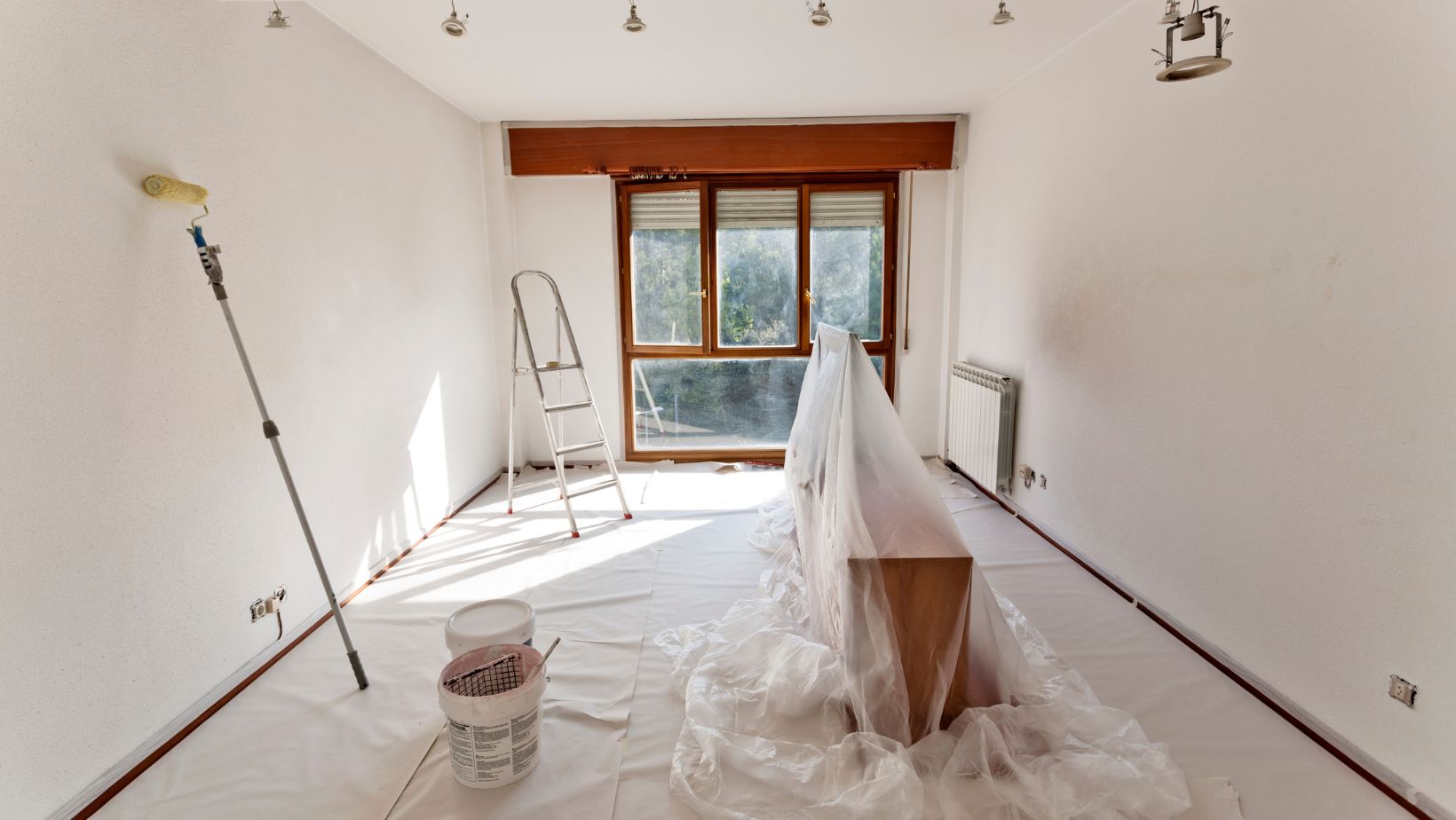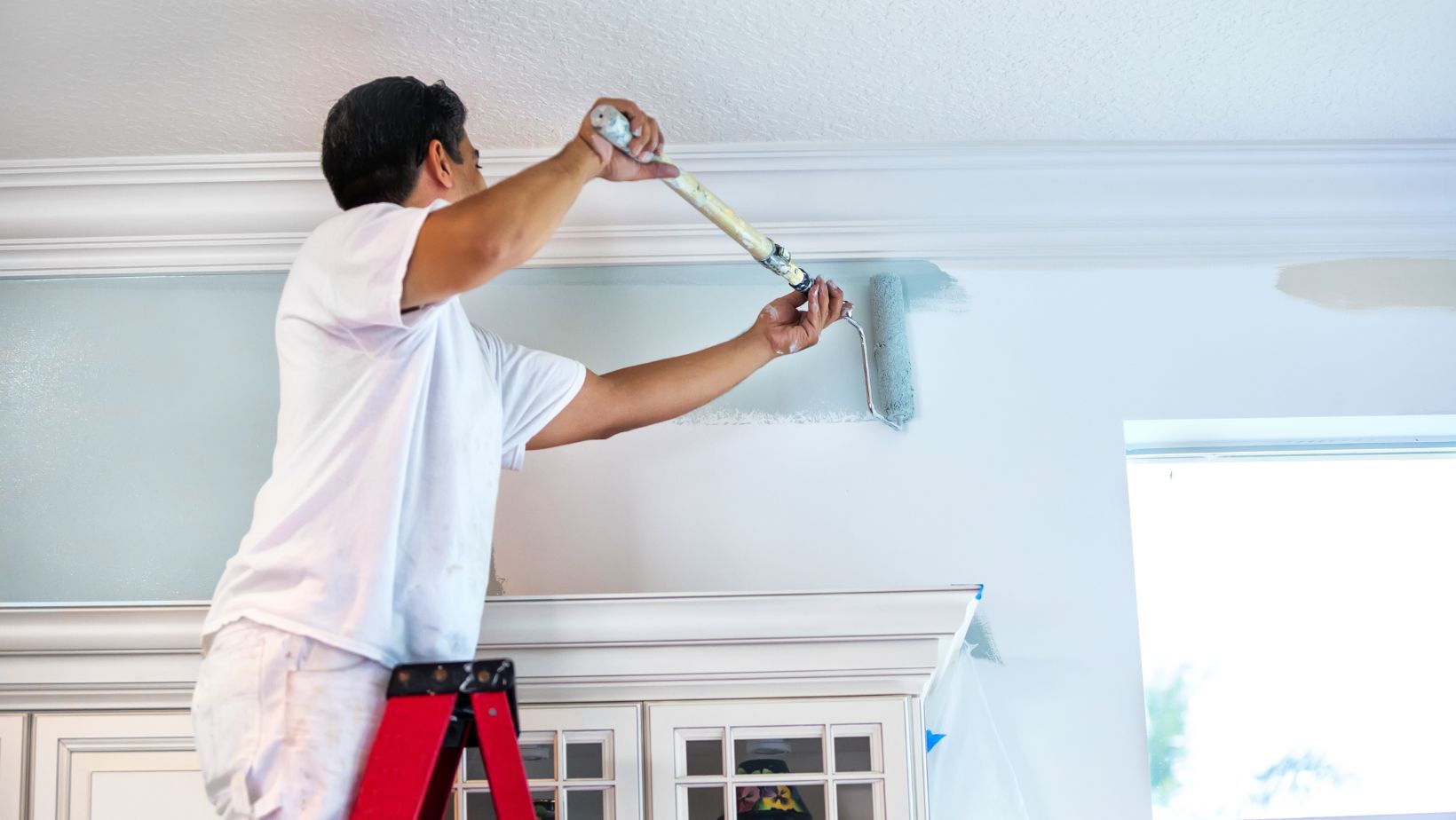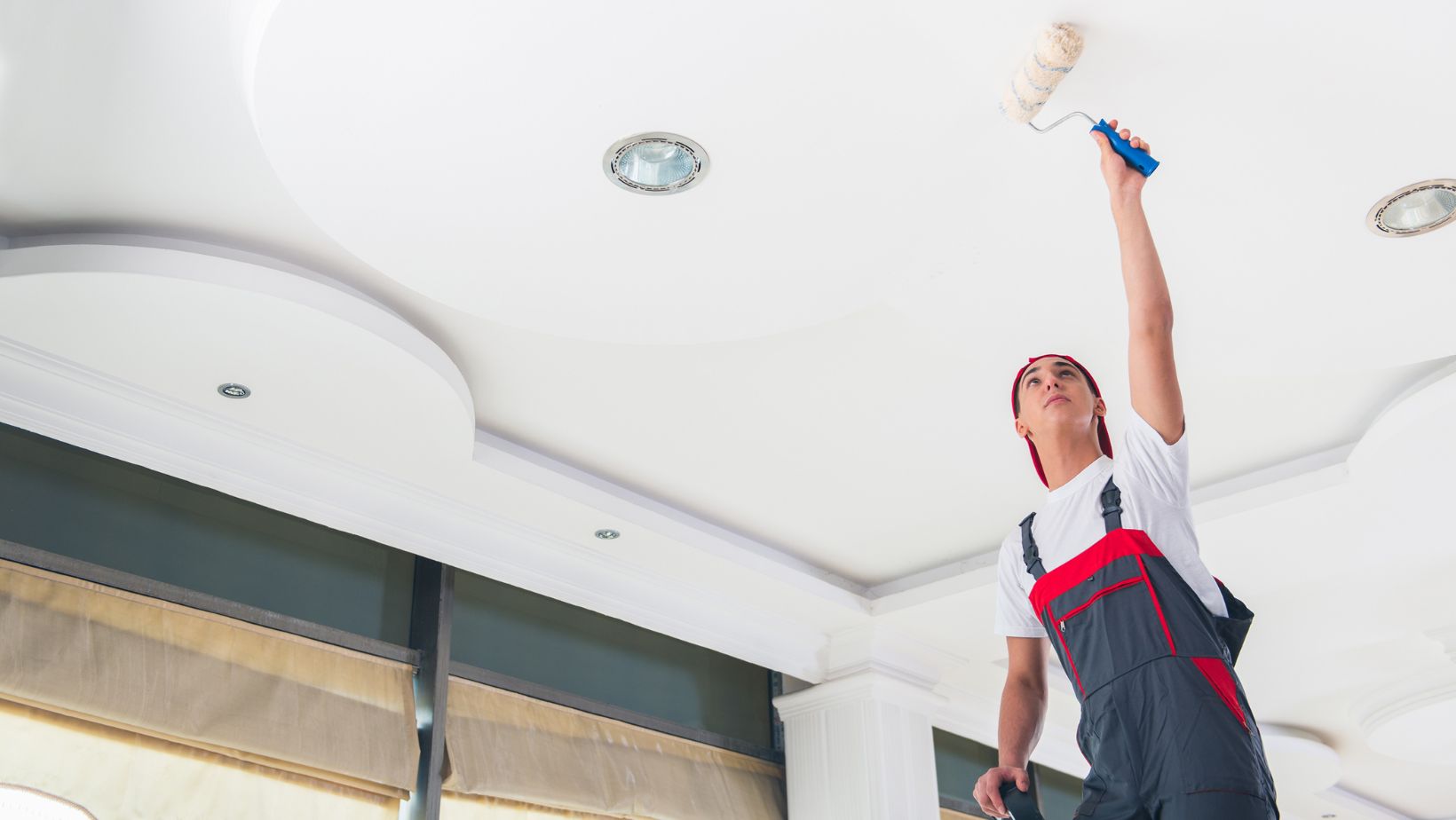Looking to refresh the look of your home? Painting the interior is a fantastic way to breathe new life into your living space. But how much should you budget for this project? The cost of painting the interior of a house can vary based on several factors, including the size of the space, the quality of paint used, and whether you hire professionals or DIY. Calculating the cost of painting your home’s interior doesn’t have to be a mystery. By understanding the key elements that influence pricing, you can make an informed decision that fits your budget and vision. In this article, we’ll break down the factors that impact the cost of painting a house’s interior, so you can plan your project with confidence. Let’s dive in and explore how much it typically costs to paint the interior of a house.
Table of Contents
ToggleHow Much To Paint Interior Of House
Determining how much to paint the interior of a house involves various factors that influence the overall cost. Here are some key points to consider:
- Size of the Space: Larger rooms or areas require more paint, leading to higher costs.
- Quality of Paint: Using high-quality paint can impact the cost but might offer better coverage and durability in the long run.
- Professional vs. DIY: Hiring professionals may be more expensive upfront but can ensure a high-quality finish. DIY painting can save money but requires time and effort.
When planning how much to paint the interior of a house, individuals should factor in these aspects to make an informed decision that suits their budget and preferences.

Factors Affecting the Cost of Painting
Size of the House
- Larger houses generally require more paint, increasing painting costs.
- A bigger surface area means more paint and additional time.
Number of Rooms
- The more rooms in a house, the higher the cost of painting.
- Each room entails preparation, painting, and clean-up.
- Damaged walls may need repairs before painting, adding to the total painting expenses.
- Prepping walls adequately can impact the quality and durability of the paint job.
Additional Costs to Consider
Primer and Paint Quality
Upgrading the primer can add around $20-$80 per gallon, while higher paint quality may cost from $30-$70 per gallon. These choices can impact the durability and look of the final paint job.
Labor Costs
Typical Labor Costs for painting an interior can range from $25-$70 per hour per painter. Factors like complexity of the job, location, and experience of the painters can affect the final labor expenses significantly.
Furniture Removal
For Furniture Removal, homeowners can expect to pay an additional fee ranging from $50-$200 per room, depending on the size and quantity of furniture to be moved. This helps painters access all areas that need to be painted.

DIY vs. Hiring a Professional Painter
Pros and Cons of DIY Painting
Undertaking a DIY painting project when considering how much to paint interior of house can be a cost-effective option for those with time and a knack for painting. However, DIY painting may result in a lack of professional finish and require more time and effort than initially anticipated. It’s crucial to consider DIY painting’s pros and cons before making a decision.
Benefits of Hiring a Professional
Opting to hire a professional painter when determining how much to paint interior of house ensures high-quality results and saves both time and effort. Professional painters have the expertise, tools, and skills to deliver a flawless finish within a specified timeline. Moreover, they can offer valuable advice on color choices and paint quality, enhancing the overall outcome of the project. When it comes to painting the interior of your house, the choice between DIY and hiring a professional painter is crucial. While opting for a DIY approach can save money and provide a sense of accomplishment, it may lack the finesse and expertise that a professional can offer. Hiring a professional painter ensures a high-quality finish, saves time, and guarantees expert advice on color selection and paint quality. Ultimately, the decision boils down to your priorities, budget, and desired outcome.

